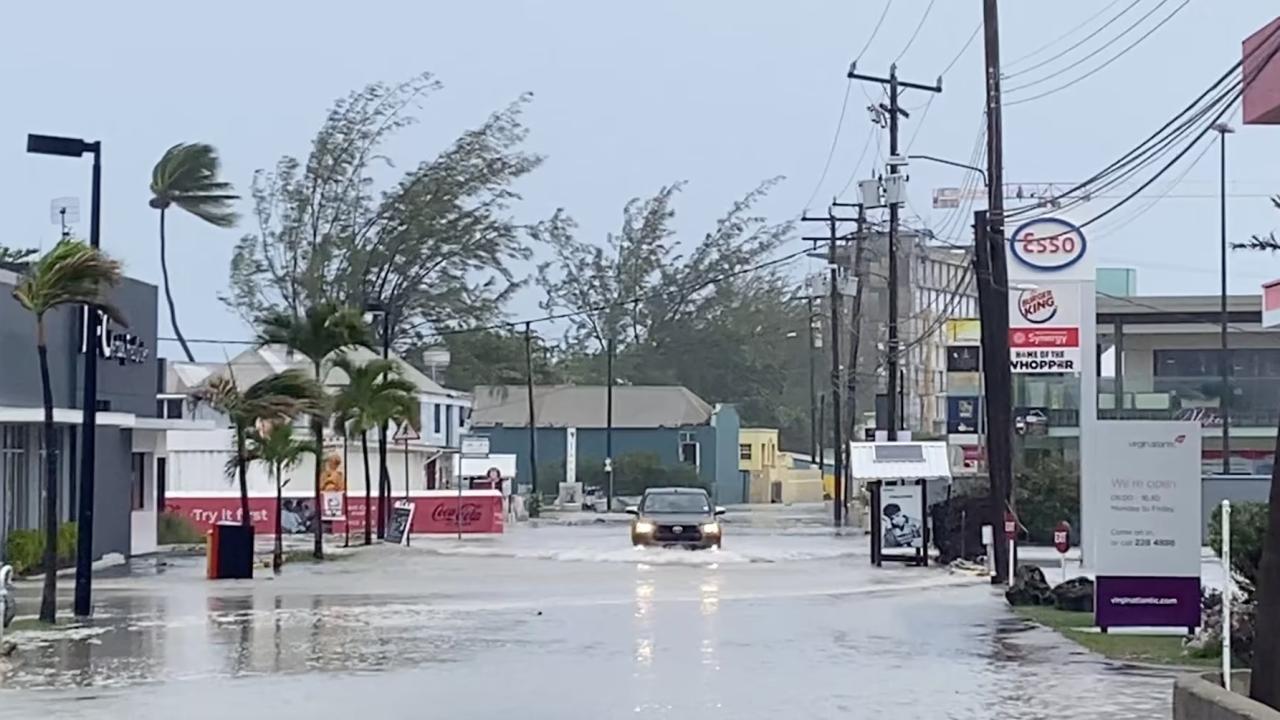
Specifically, the data indicate that the Climate Perception Index (PCI) of the Mexican Caribbean is the most affected by the threat of the hurricane, responding to the forecast of its effects as it passes through this territory.
The impact of Hurricane Beryl has caused a decrease in perception of the climate, threatening short-term tourism demand for Caribbean destinations, according to an analysis by Mabrian, a company specialized in providing tourism intelligence services, based on the Perception Index. Climate Change (PCI, for its acronym).
Specifically, the data indicate that the PCI of the Mexican Caribbean is the most affected by the threat of the hurricane, responding to the forecast of its effects as it passes through this territory. In fact, the index loses 33.8% in just one week, going from 65 points to 43, out of a possible 100.
This indicator also suffers in the case of Jamaica, which lost 24.7% since last week, falling from 89 to 67 points, followed by the Dominican Republic (-3.5%), Cuba (-3.4%). and Puerto Rico (-4.7%).
These latter destinations are also experiencing less pronounced declines in their PCI since last week, given that the weather forecast does not estimate that Beryl will fully affect these destinations, although the weather will worsen.
In addition, the partner and director of Marketing and Communication at Mabrian, Carlos Cendra, has pointed out that "the drop in climate perception is affecting searches for flights from the United States to Cancun, which are down around 20% in the last four days, to travel from July 1 to 7".
For Cendra, this is a trend that could affect "other markets relevant to this destination and that forces us to be vigilant throughout the season, to protect demand forecasts in months that will be complex at a meteorological level."
Mabrian's analysis also reflects on the impact on demand in the medium and long term, since this Atlantic hurricane season is expected to be "extraordinary", according to the National Oceanic and Atmospheric Administration (NOAA, in English).
This entity highlights that in 2024 there is an 85% probability of exceeding the average cyclonic activity.









